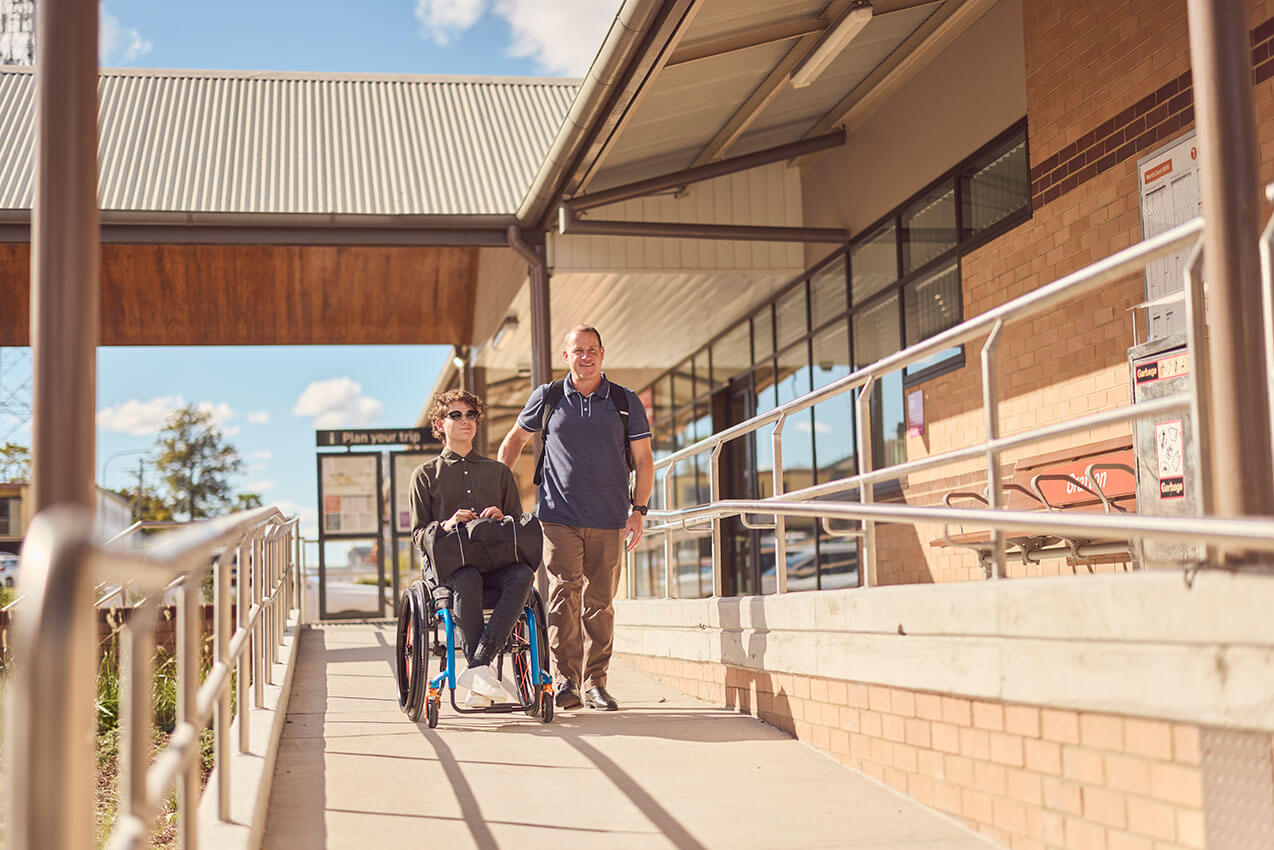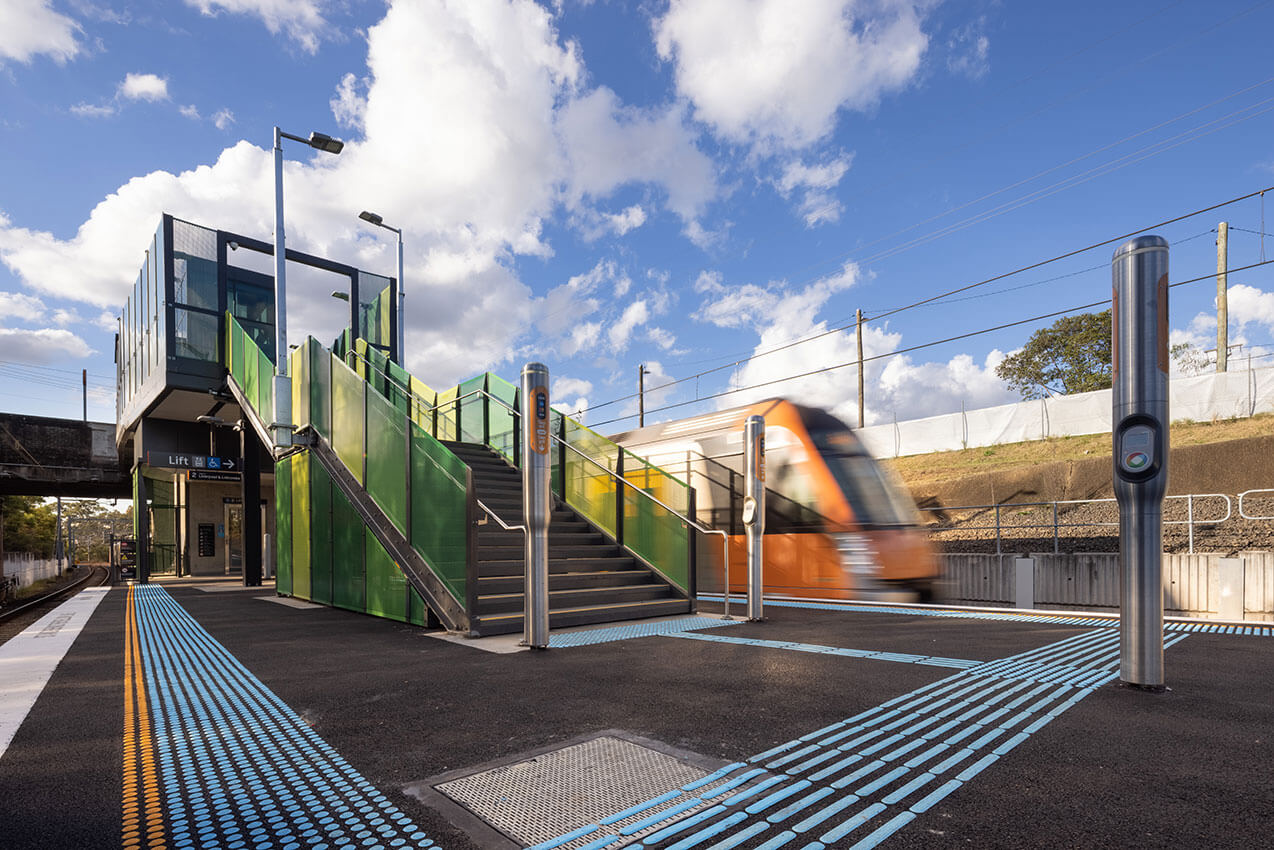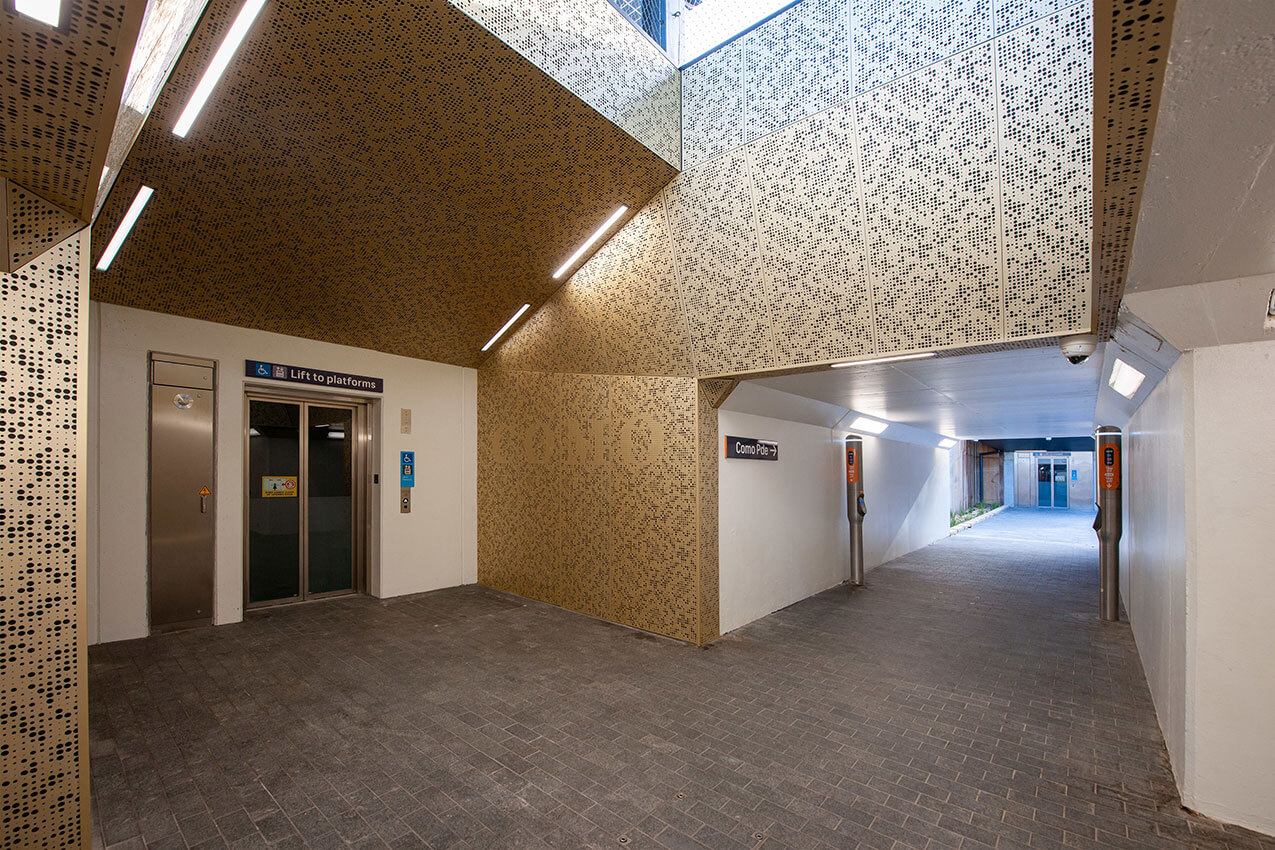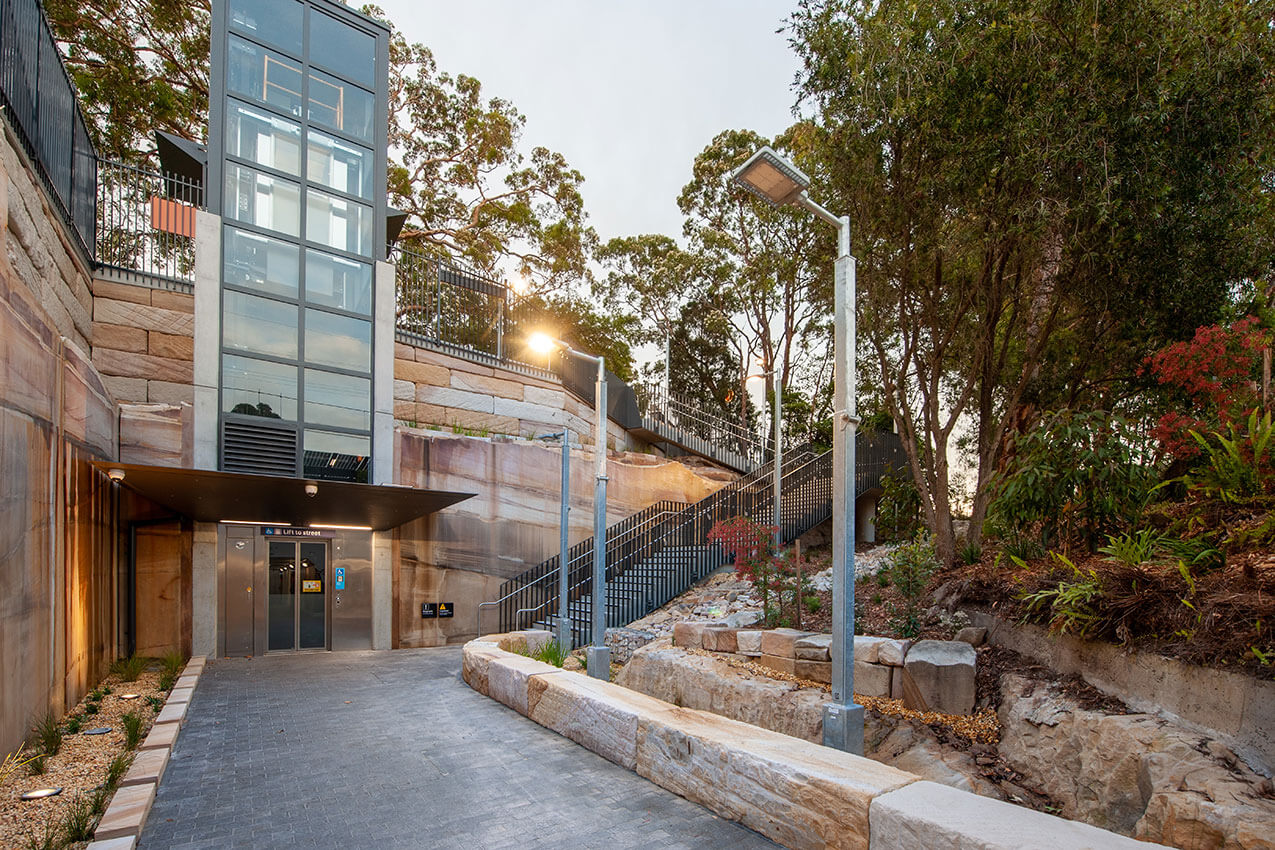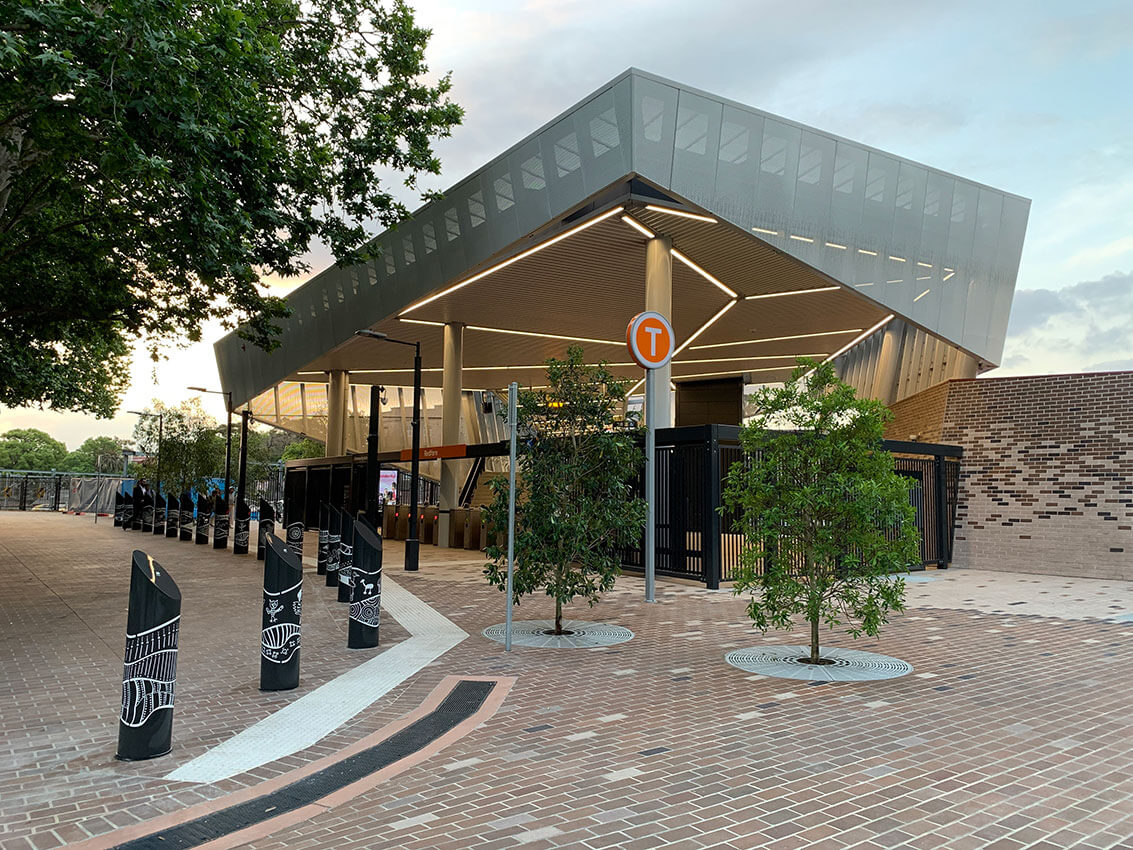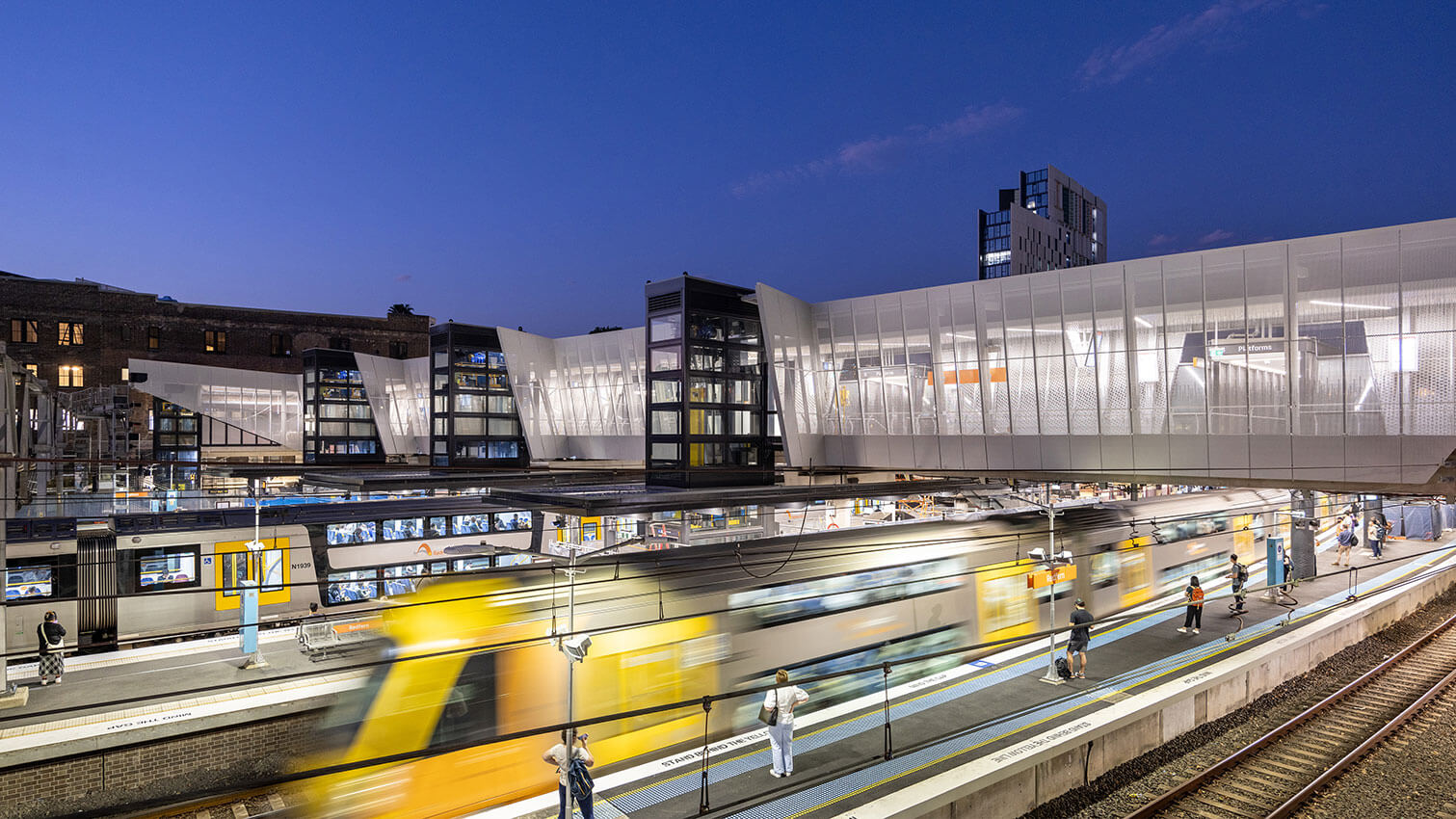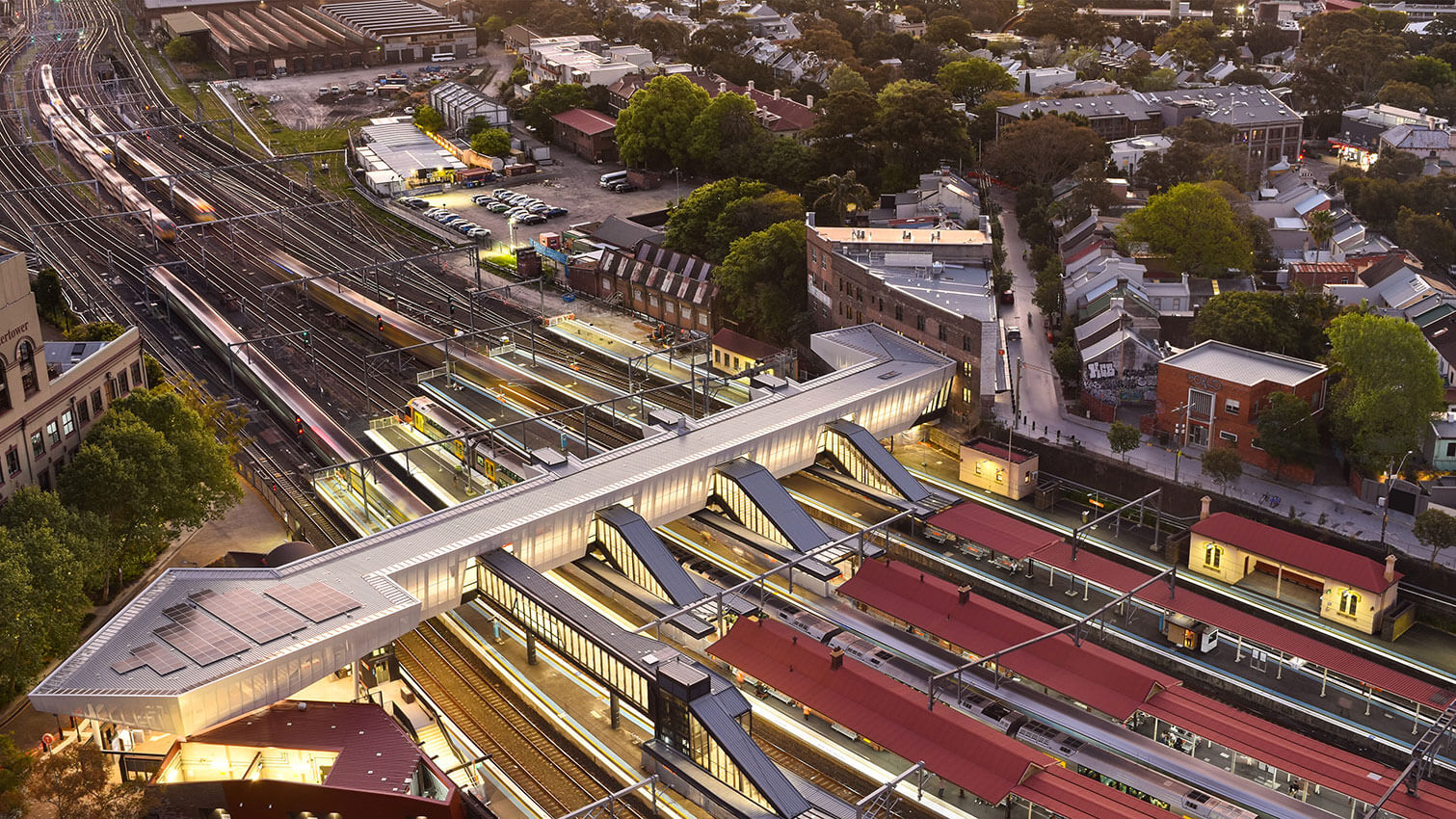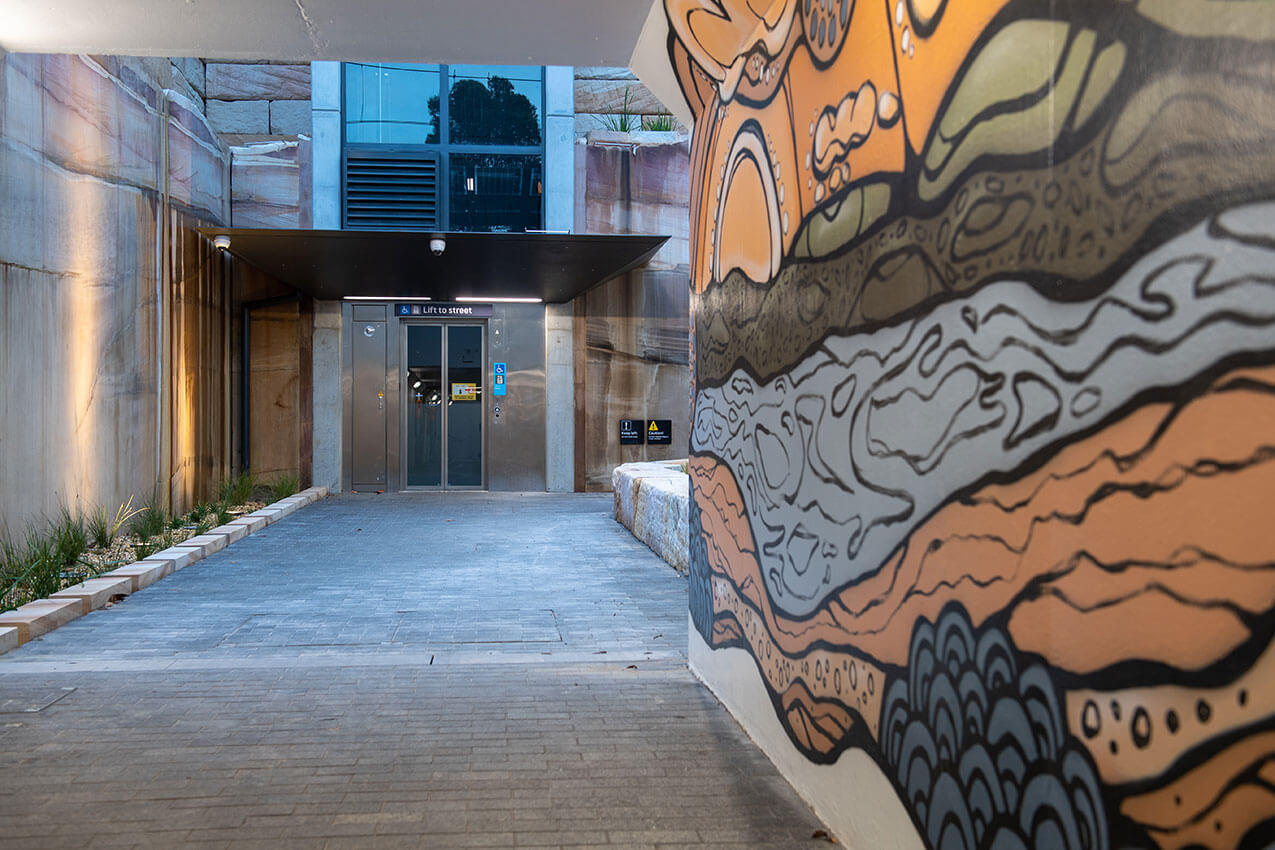Transport Access Program - Tranche 3 | Transport for NSW Urban Design (Public Transport & Precincts)
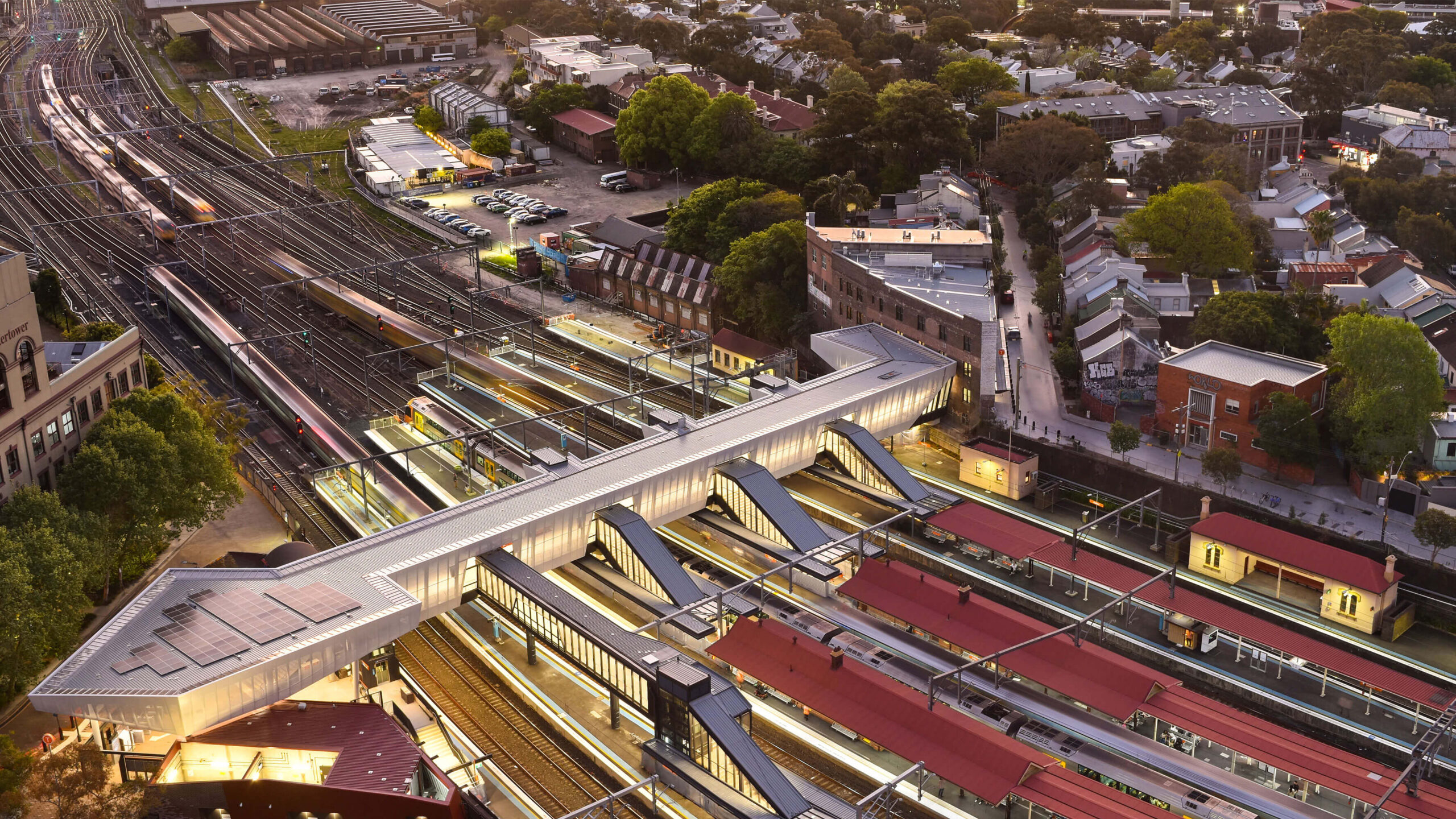
2024 National Architecture Awards Program
Transport Access Program - Tranche 3 | Transport for NSW Urban Design (Public Transport & Precincts)
Traditional Land Owners
Year
Chapter
New South Wales
Category
Urban Design
Builder
Arenco
Degnan
Downer Group
Gartner Rose
Haslin Constructions
Laing O’Rourke
North Construction & Building
Van Mel Group Construction
Photographer
Project summary
The Transport Access Program (TAP 3) is a 10year, billion dollar project of station precinct upgrades across NSW. Design managed by Transport for NSWs Urban Design Team, the program goes beyond accessibility compliance to deliver bespoke, safe, pedestrianfriendly environments in complex urban neighbourhoods, regional towns, and heritage settings.
The TAP 3 program challenges traditional thinking, bringing an architectural and urban designled process to one of the most heavily regulated sectors within the built environment. The program spans 54 station precincts across city, intercity and regional networks.
It has delivered valuable place benefits that could easily have been abandoned in favour of cost and compliance. Improved access comes hand in hand with urban heat mitigation, Aboriginal and heritage interpretation, intuitive way finding and reduced visual clutter. By championing strong contextual public domain principles from the beginning, these station upgrades move beyond standardisation and repetition to positively contribute to the communities they serve.
2024
New South Wales Architecture Awards Accolades
New South Wales Jury Citation
Commendation for Urban Design
Transport Access Program – Tranche 3 (‘TAP3′) inserts a client-side architect in every station upgrade, helping define project briefs that make room for bespoke responses and advocating design value in every subsequent discussion. The jury commends Transport for NSW in championing the role of the architect in delivering equitable, high-quality transport infrastructure that puts urban design on an equal footing with core engineering requirements.
Project Consultant and Construction Team
Aecom, Technical Advisor
Architectus, Technical Advisor
CCG Architects, Technical Advisor
DesignInc, Technical Advisor
GHD, Technical Advisor

